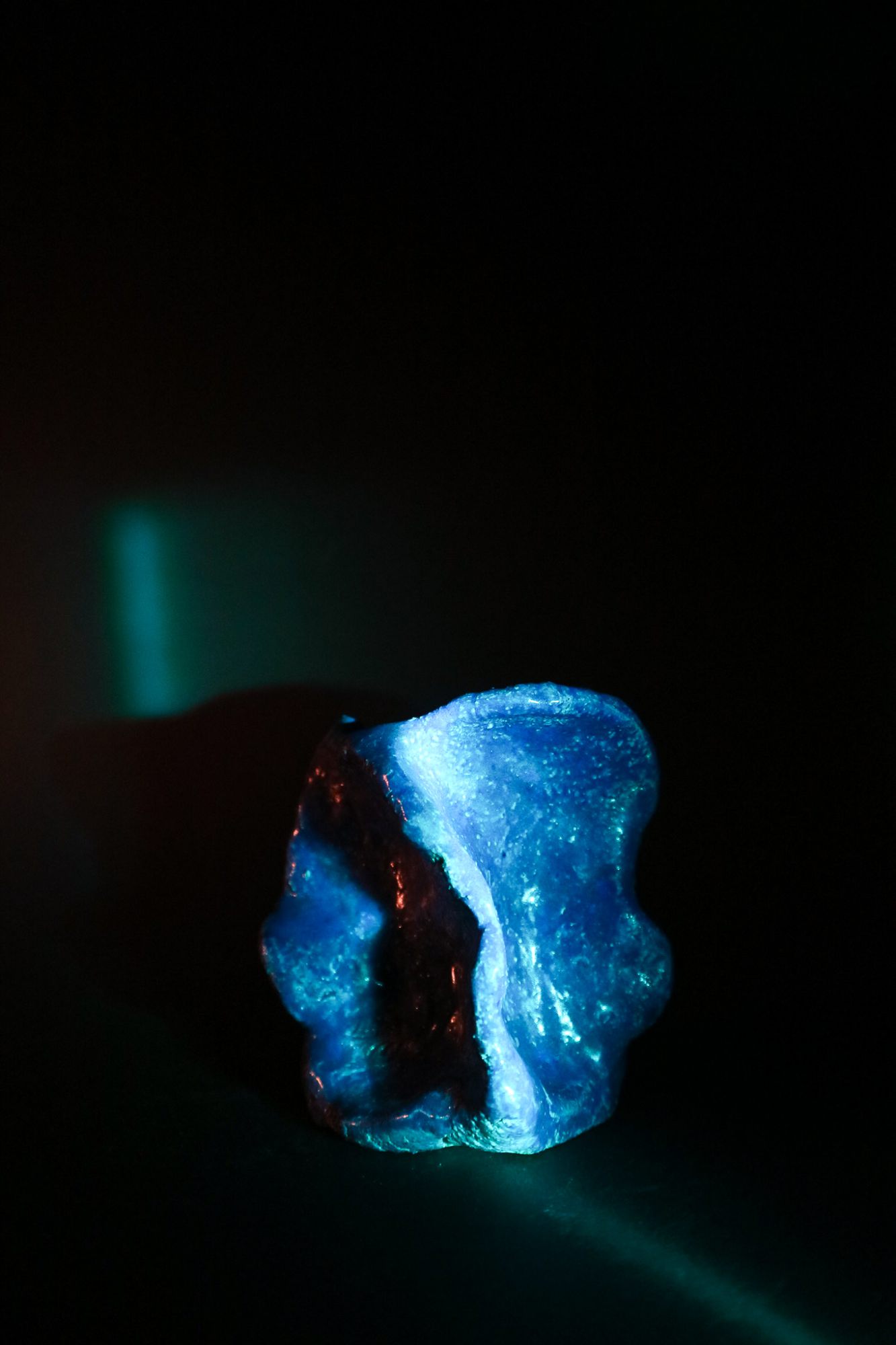Mariana Trench
Located in the western part of the North Pacific Ocean, the Mariana trench is the deepest trench on Earth. It was created when the Pacific Plate collided with the Philippine Plate. Its maximum depth is located at the Challenger Deep, with a depth of almost 11km. The depth distribution of deep-sea fauna has been categorized—ranging from 2,000 to 6,000 m below sea level is the so-called abyssal zone of the sea, and the deepest zone is the hadal zone, ranging from 6,000 m down to the very bottom of Mariana Trench. The pressure there can exceed 1ton per square cm—a thousand times higher than at sea level. Although several expeditions have reached the bottom, little is yet known about the area’s animal population. Surface derived food is sparse there. Many creatures feed on so-called marine snow, particulate organic matter, and carrion that descend from upper waters to the deep. But not only does organic matter reach the seabed, recent investigations have shown that even at the bottom of Challenger Deep, significant amounts of microplastic can be found.
This object represents the material slowly decaying on the seabed. It seems to have been corroded for a very long time in a deep, dark sea, and to have gradually altered in shape.
Sources: Gardner, James et al., “So, How Deep Is the Mariana Trench?”, Marine Geodesy, vol. 37, issue. 1, (201): 1-13.
Jamieson, Alan, Marin Solan, Toyonobu Fujii, “Imaging Deep-Sea Life Beyond the Abyssal Zone”, Newburgh, (2009).
Peng, Guyu et al., “The ocean’s ultimate trashcan: Hadal trenches as major depositories for plastic pollution”, Water Research, vol. 168, (2020).
